You may have heard a phrase that makes you wonder if you’re doing your garden bed prep correctly. No till gardening is a trendy idea right now and you may be wondering—what the heck is it? How do I do it? Will I grow better food?
Let’s take a look at what no till gardening means, why people are doing it, and how you can start.
What is No Till Gardening?
Part of the reason that no-till confuses people because the term originally referred to practices in production agriculture, not gardening. In the last 3 decades or so people have also begun to use no-till methods in their small gardens and farms.
Tilling is the process of turning over soil in preparation for planting. Tools have been used to break ground from the earliest history of agriculture. Plows made of wood, drawn by animals or humans, date back almost 5000 years to Egyptian and Mesopotamian societies. Chinese farmers invented a cast-iron plow more than two millennia ago, but Western farmers were still using wooden plows until John Deere invented the steel-bottomed plow in 1837.
Tilling has two primary functions in modern production agriculture—to kill weeds and to loosen and oxygenate the soil, both vital to a successful crop. To prepare a field for spring planting a farmer usually does 3 passes with tractor: plough once and disc twice. Hundreds of millions of acres are plowed every year in America alone. Why are people moving away from this ancient practice?
Benefits of No Till Gardening
There are some serious problems with tilling land on the scale that we do today. Many of the living creatures on earth rely on fertile topsoil to grow their food. Topsoil loss damages both ecosystems and human societies. Agricultural historians agree that unsustainable farming practices are linked to decline and fragmentation of agricultural civilizations, through depletion and degradation of topsoil. Fertile soil is one of our most valuable natural resources.
No-till protects topsoil in a number of ways. It drastically reduces the rate at which topsoil is lost to erosion, and increases soil’s ability to capture carbon from the atmosphere. Using fewer heavy machines during plowing and discing decreases soil compaction, so farmers don’t have to loosen the soil before planting. Uncompacted soil also allows more water percolation, which reduces runoff and nutrient loss from the soil.
Tilling also disturbs complex communities of beneficial micro-organisms. Organic matter is left on the surface in no-till systems, instead of being incorporated into the soil. As it decomposes it builds light, airy soils with plenty of food for worms and other microbes.
Related Post: Best Broadfork
In addition to all the benefits to the soil and ecosystem, plowing and discing is hard, time-consuming work. No-till saves a farmer’s time in the busy beginning of the season.
No-till is not a new idea. In 1943 Edward Faulkner published Plowman’s Folly, calling the practice of tillage unnecessary. While no-till production is gradually increasing, only a third of cultivated farmland in the US was in no-till production in 2009—mostly by conventional (non-organic) farmers. What are the drawbacks of no-till agriculture and why aren’t organic farmers doing it?
Drawbacks of No Till Gardening
The primary challenge of no-till is that before a farmer can germinate new seeds, she needs some way to kill the plants that are growing in her field, whether those are weeds or a cover crop. Plowing does this by pulling up plants by the roots and incorporating them into the soil. No-till operations generally use herbicides to kill cover crops or weeds, so that the new seeds can be planted.
No one has discovered an effective way to implement no-till on a large scale without some herbicide use. Researchers and farmers are hard at work developing new techniques and technology that can bring no-till benefits without application of non-organic chemicals, but no one knows when those methods will become consistently effective or widely used.
How Does No Till Work In a Garden?
With all this talk about conventional agriculture, you are probably wondering: How the heck is any of this is relevant to my garden?
The good news is that no-till without herbicides is much more feasible in a garden than a production farm. It takes just two things: hand weeding and lots and lots of mulch.
Start your no-till gardens in the fall with deep layers of mulch. Mulch can be any organic material laid down over soil to hold moisture and prevent weeds from germinating. You can use cardboard boxes or canvas sacking, or loose organics like straw, dead leaves, or grass clippings. You can pile loose organic matter up to a foot deep on your garden beds over the winter. As the mulch decomposes, nutrients will leach into the soil, becoming available to plants, building up your topsoil.
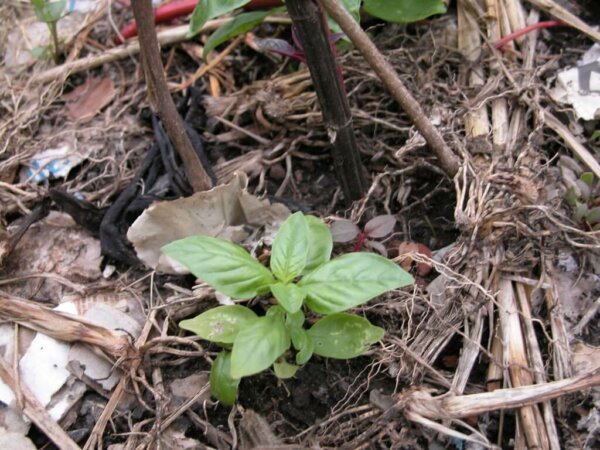
You can also use winter-kill cover crops as mulch. You plant these crops in the late summer. They germinate and reach mature size before the frosts but do not survive the winter, hence “winter-kill.” When they die back, they create a layer of natural mulch, although it may not be thick enough for a true no-till gardening operation. You can then add mulch, especially early in the spring as weed seeds begin trying to germinate.
Cover crops that are hardy through the winter, like rye and vetch, are more not good to use in no-till gardening, because they are still alive and growing in the spring. Then you have to figure out how to kill them, which is where conventional farmers start using herbicides.
No-Till Gardening Timeline
Late August
Plant winter-kill cover crop, like oats, mustard, or radish.
January or February
Add mulch.
March
Start seedlings inside or in greenhouse. Do spring weeding.
After the last frost (late March to early May)
Do your direct seeding, and transplant hardy greens.
Even with all the mulching possible you will still need to weed in the spring. However, that’s true even if you are using shovels and hoes to till your garden. In any kind of spring weeding, you must catch weeds before they go to seed.
Planting requires digging down through your layer of mulch into the established topsoil. You can plant either seeds or starts this way, although some people find that heavy mulching causes lower germination rates when starting from seed. After that, you are well on your way to a successful growing season!
Here is the great news: There is no wrong way to grow a garden. If you decide to stick to gardening with your tried-and-true shovel for tilling the soil, you are not doing great harm to the topsoil or your ecosystem. The scale of garden growing is so small that its environmental impacts are minimal, regardless of whether or not you choose to till.
The bottom line is that you will need to experiment to see what works best for your garden, the crops you are trying to grow, and your climate and growing season. Some people swear by no-till gardening, others grow bountiful nourishing food in other ways.


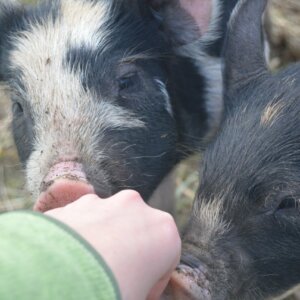

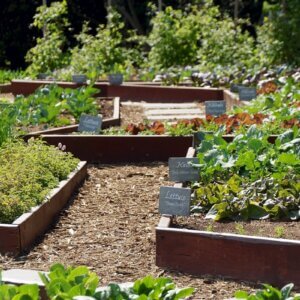


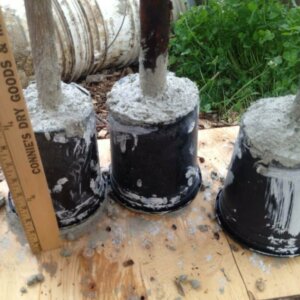
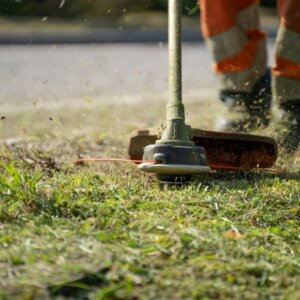




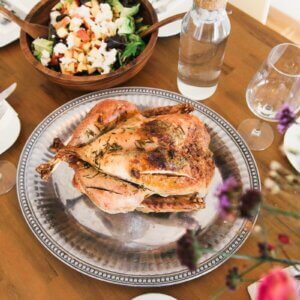
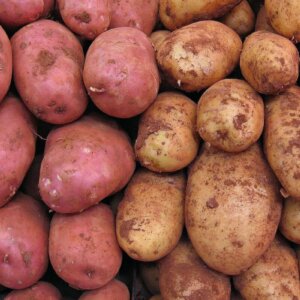

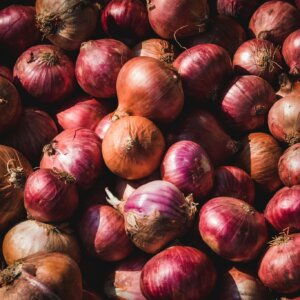
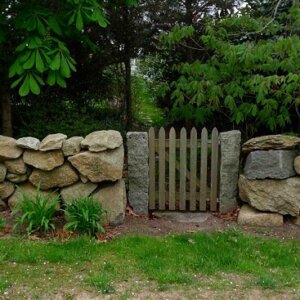
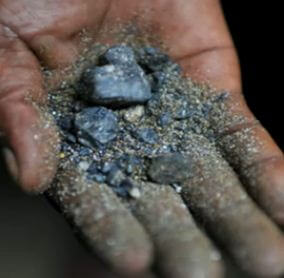
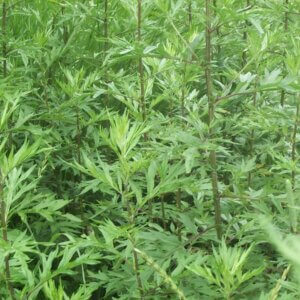
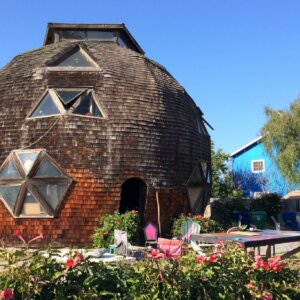

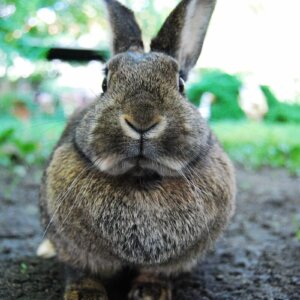
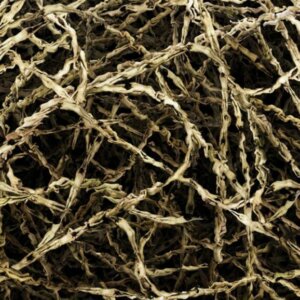


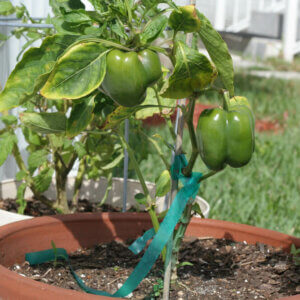
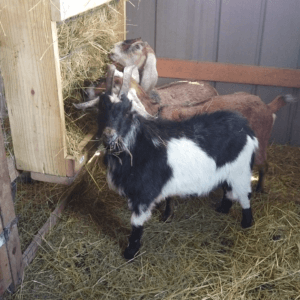
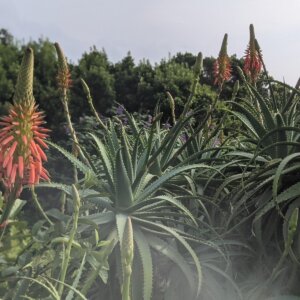

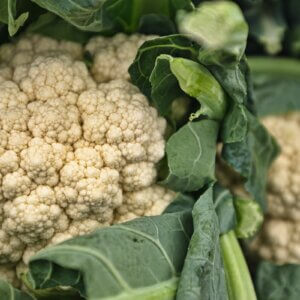


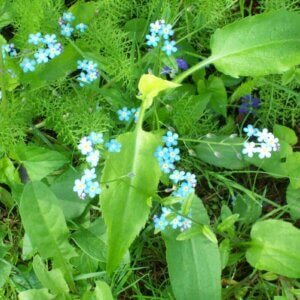




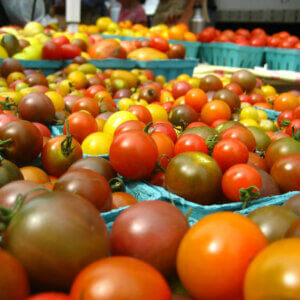
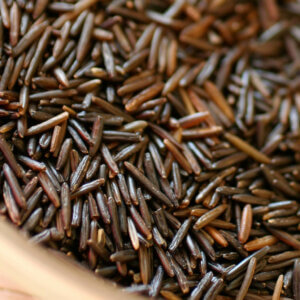
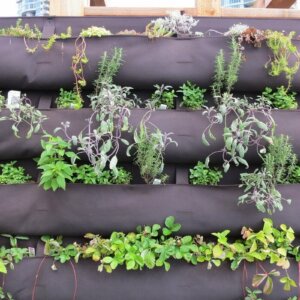

go here: https://www.backtoedenfilm.com/ for a great documentary on how one man made the connection between growing a garden and God, he has achieved some amazing results no tilling necessary.
Love to see you posted about no-till gardening. We definitely need to move away from the shortcuts industrialized farmers have been employing over the past few decades. A movement towards regenerative agriculture or other low-pollutant means of gardening would definitely help our planet and its people in the long run. As you mention, we need to figure out how to scale regenerative agriculture and no-till farming, but I’m confident we’ll get there one day.